The not-so-benign waters of Port Phillip Bay has claimed about 130 vessels, with a further 50 at the narrow Port Phillip Heads between Point Lonsdale and Point Nepean, according to Heritage Victoria (Ref 1). Many people are fascinated by shipwrecks because each wreck tells a story of the vessel as well as numerous stories of the people on board. There is always an element of mystery associated with things from the past, that are not well known and that involve much drama, as exemplified by the Titanic disaster.The map below shows the locations of the various shipwrecks in Port Phillip Bay. Click a placemark to view the GPS coordinates and other information on the wreck. The GPS coordinates are obtained from the Australian National Shipwreck Database and some of them may not be accurate, as they point to locations on the land.
As you can see in the map above, the shipwrecks are concentrated at the Head and Port Melbourne, which is not surprising given the high traffic and narrow passage there. Below is a Youtube video showing a shipwreck at the Barwon Heads Ships’ Graveyard where the hulls of scrapped ships are left to decay and disintegrate (Ref 2).
Video by GNRHexen
The best known Port Phillip shipwreck is that of the HMVS Cerberus, less than 200m from the shore of Black Rock and in about 3m deep of water.

Photo by Allan Green
In 1866, the Victorian government ordered the building of this naval ship to defend Port Phillip Bay. Cerberus was completed in 1870 and arrived in Port Phillip in 1871. By World War I, its weapons and boilers were inoperable and the ship was retasked as a guardship and ammunition store. In 1921, the ship was renamed HMAS Platypus II and tasked as a submarine tender for the Royal Australian Navy’s six J class submarines. Cerberus was sold to Melbourne Salvage Company for £409 in 1924. After being disassembled at Williamstown Naval Dockyard to remove scrap, the remaining parts were resold to Sandringham council for £150 in 1926 for sinking in Half Moon Bay to serve as a breakwater for the Black Rock Yacht Club.
Photo by Ways
Over time, the wreck became a popular site for scuba diving and her exposed decks were regularly used for picnics. The ship interior was also used as a training course for assault swimmers.
In 1993, due to a major structural collapse, Cerberus began to subside at 16 mm per year. Following this, a 100m exclusion zone was placed around the wreck. In 2002, Friends of the Cerberus was formed to promote preservation of HMVS Cerberus. In October 2004, the Victorian government provided an A$80,000 grant to remove the four 18-ton guns from Cerberus, reducing the load placed on its deck. The guns were coated with preservative, electrolyzed and placed on the seabed next to the wreck. Cerberus was listed on the Victorian Heritage Register in 2005. In July 2008, A$500,000 of federal funding was made available for its structural preservation, with the work scheduled to start in 2011.
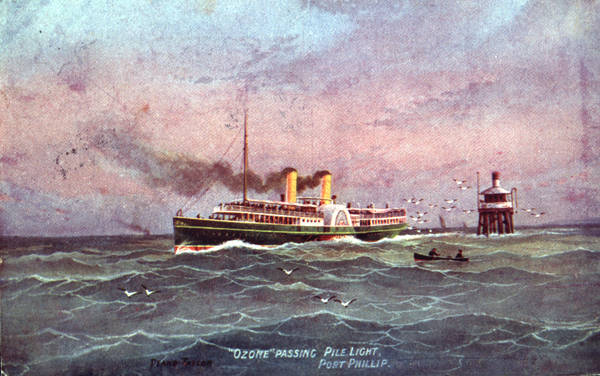
Photo uploaded to Wikipedia by Googsey
Ozone is another well-known wreck. Built in 1886, she was regarded as one of the finest paddle steamers ever built. Her first bay excursion was on 18 Dec 1886 when she sailed from Melbourne to Queenscliff. On arrival, she collided with the pier at Queenscliff. Ozone had subsequently collided with the vessel Elfin, in Hobsons Bay near Williamstown in 1889 and with May in Port Phillip Bay in 1894.

Early wreck photo uploaded by Googsey
Ozone was withdrawn from service in 1918. In 1925, she was sold for scrap, dismantled and sunk 50m offshore at Indented Head to form a breakwater for small craft. Its wreckage remains visible and is an easy shallow dive. One of Ozone’s two anchors has been incorporated into an historical monument which stands on the cliff-top near Taylor Reserve, overlooking the wreck, at Indented Head.
Other more significant wrecks in the bay include Mountain Maid (sunk off Swan Island after colliding with SS Queen in 1856), Wauchope (sunk off Sorrento coast in 1918), HMAS J3 (scuttled in Swan Bay in 1926) and HMAS J7 (scuttled off Hampton Beach in 1926).
In the waters near Altona, there is Thames, a steamer that was run ashore in rough weather at Altona in February 1852, a decision that saved the lives of its passengers. The search for Thames remains elusive. Henrietta, a cod-fishing boat from the US, was built in 1918 and sank off Point Cook in 1940. It remained undisturbed until 1967, when an abalone diver located the wreck. All that remained is 90-tonne pile of pig-iron ballast in 3m of water, 400m offshore. The boat’s nameboard, which was used to adorn the entrance to the Altona Homestead Museum, was lost. On 29 Jan 1937, the steel steamer Kakariki collided with another steamer Caradale off Williamstown, sinking within minutes and killing 5 people. Salvage was hampered by the vessel being stuck in 4m of mud. The wreck was eventually blown up but parts of the mast, bridge and bow still remain. The Albert William, built in 1863, hit a reef at Point Gellibrand in 1955 while carrying a cargo of wool from Melbourne to Geelong. The clipper bow, anchor chain and a few fittings are still recognizable.
Cassandra Philippou, the Maritime Archaeologist of Heritage Victoria, pointed out that the remains of shipwrecks are not necessarily romantic or even easy to recognize. She said: “Many old boats were scuttled or dumped at places such as what is now the Jawbone Marine Sanctuary off Williamstown. All you might find there, in two or three metres of water, are straight lines among the reef, suggesting archaeological rather than natural features.” (Ref 1)
I have once read a newspaper article that there is an incredible amount of space junk in orbit around the Earth. We too have a lot of man-made artefacts in our marine backyard, hidden from sight in the depths of the waters of Port Phillip Bay. Fortunately, sunken boats are more likely to be refloated and salvaged nowadays. Otherwise, no matter how big Port Phillip Bay is, it will reach saturation one day.

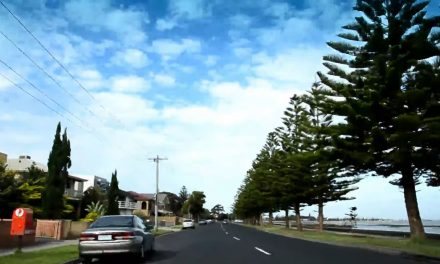
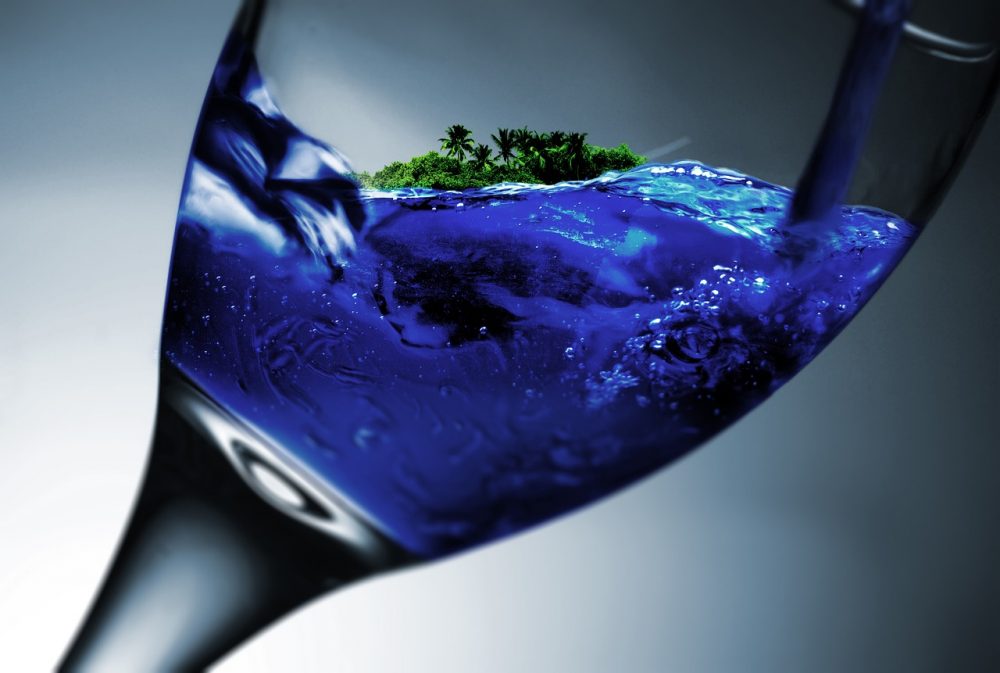
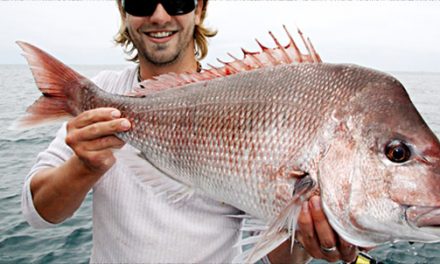
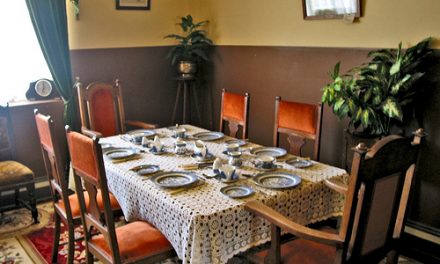
very interesting
interesting article. thanks for sharing the information
Hi, My Nanna’s father, Stanley Vincent Macpherson, went missing from Altona. 1923, he was on his mates yacht (last name Davies) along with his mate and his mates 12yr old son.
The yacht was found at some point, but no bodies were ever found.
They were going fishing as usual, but never made it home. My Nanna was born one month after that day. My Nanna had 3 older sisters, Ida, Jean and May. Their mother, Maud nee Campbell, I am so desperately seeking to find if she was OK, after having to place them all into orphanages a few years later.
I would absolutely cherish any photo of the yacht Stanley was on. Their story can be found on Trove. He had a lot to do with the flight school etc., was the biggest search in and around Port Philip Bay.
My Nanna, Olive Stanley Hare nee Macpherson (Nuns name given for her was Olive Marie Mcpherson), was my best friend, my favourite relative and my room mate all through my teenage years, until dad built her a room of her own and it was the biggest in the house.
A photo of Stanley would be absolutely amazing.